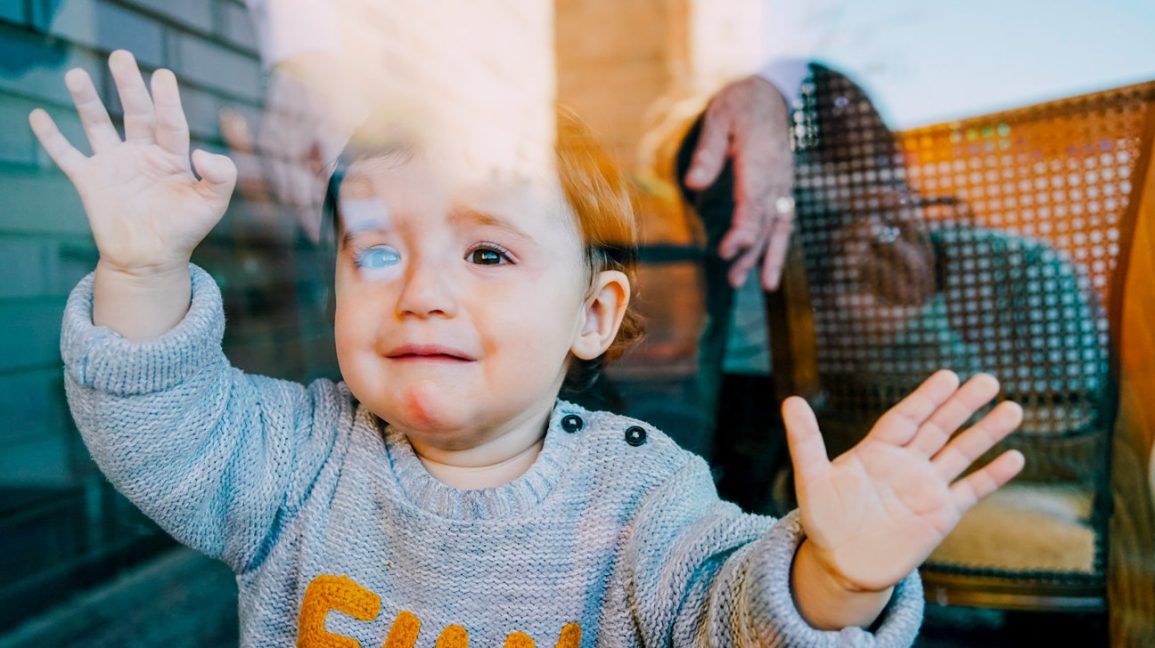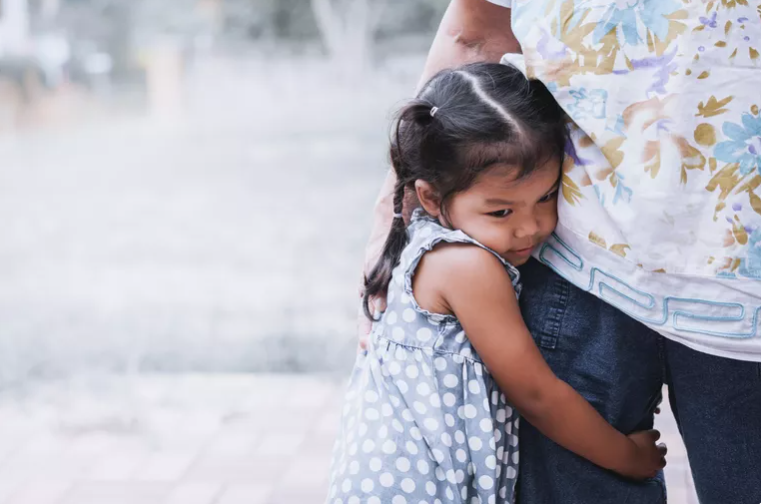The end of lockdown and the removal of social distancing may have brought elation in some, anxiety in others and outright fear in a few. Separation anxiety in toddlers is rife right now, and this may have affected the way that you parent.
You may even find that the anxiety is mutual, and it’s hard to release some of your own concerns in order to allow your child to socialise or return to nursery – and if this is the case we recommend focusing on facts not fears.
Ensure you read, as much as possible, medically based information, devoid of too much hyperbole or emotion and make a sensible decision based on yours and your childs circumstances in relation to risk exposure.
Children may have imbibed messages over this time about death rates and a mysterious virus that keeps multiplying, they also may not have the skills to process this, but what they do process is “the big people are scared of this so I should be too”.
Children feed so much from our actions and emotions, and you pass on knowledge to your child in the words you say and the actions you take – may sure these are balanced, positive and kind.

For some people who have been working at home for the entire of the pandemic, the end of lockdown means a return to work- it is understandable that young children will find this return to “normal” upsetting.
“My caregiver has been at home all the time and now they are going back in to that place I am not allowed… the office/work.”
When we combine this disappointment alongside the fear of Covid, this can create a real anxiety in some young children- I have been told its not safe to go outside, and now my caregiver is going outside where I cant see, and where I cant go…I don’t want this to happen, so I will stop it. This in itself is actually a completely rational thought process and simply a toddler using what they can- themselves, as a barrier to something negative happening.
Rationalising fears
Help your child process these fears by offering an ear and helping them to rationalise them. Always use kind, simple language such as;
“I can understand why that seems scary”
or “I would be scared too if I thought that’.
The key is to gently separate the idea that thoughts are not reality, and thoughts can guide emotion. For example, we can remind children “our thoughts cant hurt us”, and also, that we are in control of our thoughts:
“that sounds a scary thought, can you think of a happy for one for me? How do you feel thinking about the happy thought.”
It is too much information to go deeply in to the connection of thoughts and emotions at this age, but simply reminding children that our thoughts have no power over us, but rather we have power over them, is enough. Also offering basic and simple explanations for why some things are unlikely to happen can really help to reduce separation anxiety in toddlers.

Routine reinforcement
Routines and known structures create safety for children, and toddlers especially feel more secure when they know what to expect. So,if they are returning to nursery- remind them of pick up and drop off routines, who will be there, what time, and what will happen after.
Discuss routines for these things BEFORE the event so that expectations are set and there are no nasty “surprises”, discuss ways to problem solve any tricky parts- such as agreeing to wait until they are in the classroom until you leave.
Dealinging with separation anxiety in toddlers
Children are more likely to feel calm safe and secure if we show them that we feel feel calm, safe and secure.
Monitor your messages to children and set the intention to give them messages that will help with positive growth. Remember the message- children are a mirror of the world we show to them, show them kindness, confidence and courage… and they will see a kind, confident, courageous world.

Alison McClymont is a leading child psychologist with over a decades worth of experience at the forefront of children’s mental health. Keep up to date with her on instagram @alisonmcclymontinsta